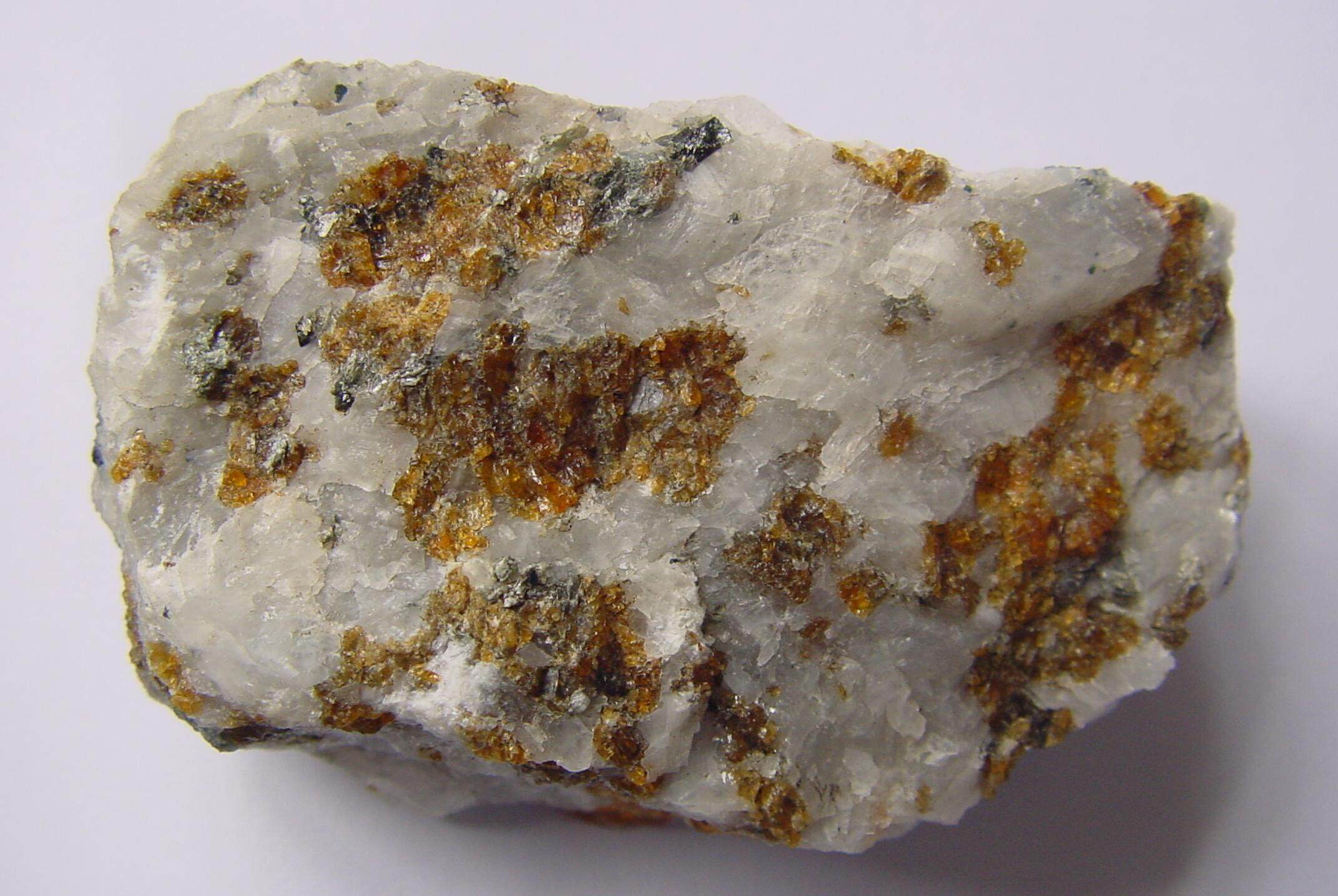
Chondrodite is a fascinating mineral that often goes unnoticed. Found in metamorphic rocks, it’s known for its vibrant colors ranging from yellow to red. But what makes chondrodite truly special? Chondrodite is part of the humite group and contains essential elements like magnesium, iron, and fluorine. This mineral can be a key indicator of geological processes, helping scientists understand Earth's history. Whether you’re a geology enthusiast or just curious about the natural world, learning about chondrodite can be both educational and exciting. Ready to dive into some intriguing facts about this unique mineral? Let’s get started!
Key Takeaways:
- Chondrodite is a unique mineral with colorful crystals found in metamorphic rocks. It's used in jewelry, studied by geologists, and can indicate high-temperature conditions in marble.
- Chondrodite's physical properties, like its color and crystal structure, make it easily identifiable. It's also a subject of ongoing scientific research to understand its formation and potential uses.
What is Chondrodite?
Chondrodite is a fascinating mineral that often goes unnoticed. Found in metamorphic rocks, it belongs to the humite group. Its unique properties and occurrences make it a subject of interest for geologists and mineral enthusiasts alike.
- Chondrodite is a nesosilicate mineral, meaning it has isolated silica tetrahedra.
- It was first discovered in 1817 in the Ala Valley, Piedmont, Italy.
- The mineral's name comes from the Greek word "chondros," meaning grain, due to its granular appearance.
- Chondrodite typically forms in contact metamorphic zones, especially in dolomitic limestones.
- Its chemical formula is (Mg,Fe)5(SiO4)2(F,OH,O)2, indicating it contains magnesium, iron, silicon, oxygen, and fluorine.
Physical Properties of Chondrodite
Chondrodite's physical characteristics make it easily identifiable. These properties include color, hardness, and crystal structure.
- Chondrodite crystals are usually yellow, orange, red, or brown.
- It has a Mohs hardness of 6 to 6.5, making it relatively hard.
- The mineral has a vitreous to resinous luster, giving it a shiny appearance.
- Chondrodite crystals are typically orthorhombic, meaning they have three unequal axes at right angles.
- It has a specific gravity of 3.1 to 3.2, which is relatively high for a mineral.
Where is Chondrodite Found?
Chondrodite is not as widespread as some other minerals, but it can be found in several notable locations around the world.
- Significant deposits of chondrodite are found in the Tilly Foster mine in New York, USA.
- It is also found in the Franklin and Sterling Hill mines in New Jersey, USA.
- In Canada, chondrodite can be found in the Bancroft area of Ontario.
- Italy's Ala Valley remains a classic locality for chondrodite specimens.
- Other notable locations include Sweden, Russia, and Japan.
Uses of Chondrodite
While not as commercially valuable as some minerals, chondrodite has its uses and significance.
- Chondrodite is primarily a collector's mineral, prized for its unique colors and crystal forms.
- It is sometimes used as a gemstone, though it is relatively rare in this form.
- The mineral is studied by geologists to understand metamorphic processes and conditions.
- Chondrodite can indicate the presence of fluorine in the surrounding rock, which can be useful in geological surveys.
- It is also used in educational settings to teach students about mineral properties and identification.
Interesting Facts About Chondrodite
Chondrodite has some intriguing aspects that make it stand out among other minerals.
- Chondrodite can form solid solution series with other minerals in the humite group, such as clinohumite and humite.
- It often occurs in association with minerals like spinel, calcite, and phlogopite.
- Chondrodite can alter to serpentine minerals under certain conditions.
- The mineral's color can change when exposed to ultraviolet light, a property known as fluorescence.
- Chondrodite's presence in marble can indicate high-temperature metamorphic conditions.
Chondrodite in Popular Culture
Though not as famous as diamonds or gold, chondrodite has made its mark in various ways.
- Chondrodite has been featured in several mineralogical exhibitions and museums worldwide.
- It is sometimes mentioned in geology textbooks and academic papers.
- Some mineral collectors specialize in acquiring rare chondrodite specimens.
- Chondrodite has been used in jewelry, though its use is limited due to its rarity.
- The mineral has appeared in educational documentaries about geology and mineralogy.
Scientific Research on Chondrodite
Ongoing research continues to reveal more about chondrodite's properties and significance.
- Studies have shown that chondrodite can contain trace amounts of titanium and chromium.
- Research indicates that chondrodite can form under a wide range of pressures and temperatures.
- Scientists use chondrodite to study the role of fluorine in metamorphic processes.
- Advanced analytical techniques, such as X-ray diffraction, are used to study chondrodite's crystal structure.
- Ongoing research aims to better understand the conditions under which chondrodite forms and its potential uses in various industries.
The Final Word on Chondrodite
Chondrodite, a fascinating mineral, holds many secrets. Found in metamorphic rocks, it often surprises with its vibrant colors, ranging from yellow to red. This mineral, part of the humite group, contains essential elements like magnesium and fluorine. Its unique structure and formation process make it a subject of interest for geologists and mineral enthusiasts alike.
Not just a pretty face, chondrodite has practical uses too. It plays a role in industrial applications, especially in ceramics and refractories. Its presence can indicate valuable geological processes, helping scientists understand Earth's history better.
Whether you're a student, a hobbyist, or just curious, chondrodite offers a glimpse into the complex and beautiful world of minerals. Next time you come across this gem, remember the rich history and science it embodies. Keep exploring, and who knows what other wonders you'll uncover?
Frequently Asked Questions
Was this page helpful?
Our commitment to delivering trustworthy and engaging content is at the heart of what we do. Each fact on our site is contributed by real users like you, bringing a wealth of diverse insights and information. To ensure the highest standards of accuracy and reliability, our dedicated editors meticulously review each submission. This process guarantees that the facts we share are not only fascinating but also credible. Trust in our commitment to quality and authenticity as you explore and learn with us.


